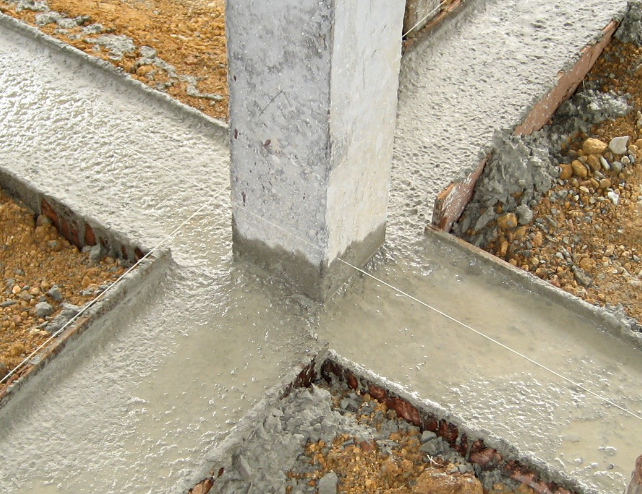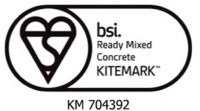An important aspect of almost all construction projects, concrete footings are used around the world. But what exactly are they, what are they used for and how do they work?
Firstly, it is important to know just how important concrete footings are: they are crucial. They bear a huge amount of weight from a structure, whether that’s an office block or a home. The dimensions of the footings used depend on the size and type of structure that they will be supporting.
What are concrete footings?
When you build a house, the first and most important part is the foundations. Under these foundations are footings, and they are responsible for handling the weight of the structure above them. The footings themselves are usually constructed from concrete, although they can also be found in brickwork and masonry variations. They are designed to distribute the weight of a building across an area and stop the weight of the structure sinking into the ground.

How do they work?
There are a few different types of concrete footings: concrete spread footing under single column, concrete footing under multiple columns and concrete wall footings. Usually, for an ‘ordinary’ home that is being built on typical soil, a 16 or 20 inch wide footing is sufficient for load bearing purposes.
Concrete spread footing under a single column: usually, the column is in the middle of the footing. The spread footing distributes the weight to the soil below, and the bottom of the footing acts as a shield against bending created by column force and earth resistance.
Concrete spread footing under multiple columns: for these footings, rebar is often required in the top and bottom of the spread footings involving multiple columns.
Concrete wall footings: this footing is attached to a wall above, with the footing distributing weight from the wall through the earth.
Problems can arise if a house is built on certain types of terrain, like soft clay soil. The footing itself can hold up the weight of the house in good soil, but when put upon soft clay soil, it can struggle. If this occurs, excessive settlement can be seen. Settlement, in this context, is the distortion of a building due to unequal foundations. It can be quite common for settlement to occur once a home has been built, but uneven or ‘differential’ settlement can cause serious issues.
As you can see, footings are a crucial element of a property, helping to quite literally keep a building upright, preventing serious damage and a lot of costly repairs. At EasyMix, we are proud to be able to provide the highest quality concrete for footings of all types, for buildings of all sizes. If you’d like to know more, please feel free to get in touch with us today and we’ll be more than happy to help.



